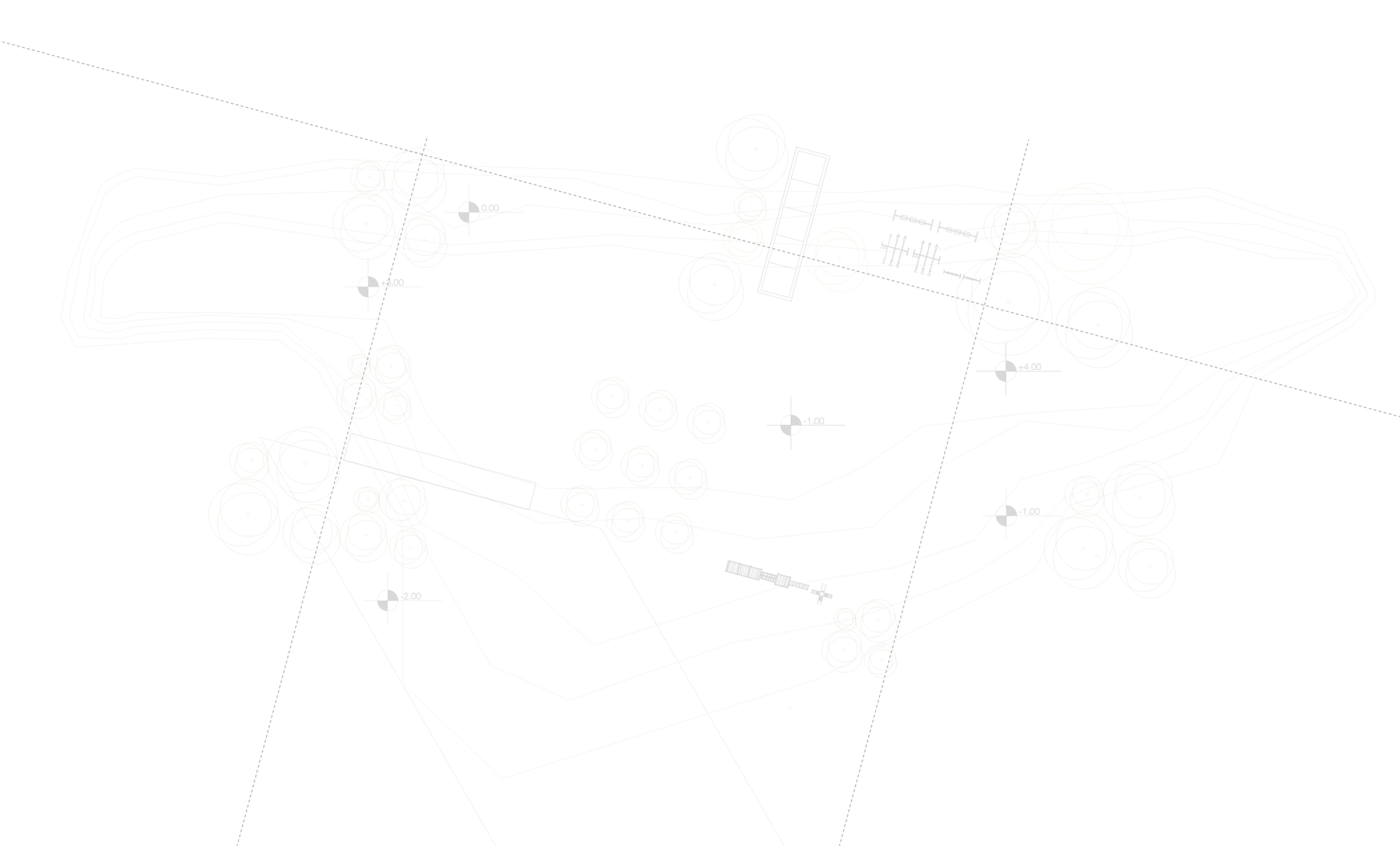The Five Largest World Cities in 1525 vs 2025, what has changed?
- David

- Sep 13
- 2 min read
While it is hard to know precisely, the largest world cities in 1525 were probably something like:
1525
Beijing, China. Estimated population 600,000-700,000
Vijayangra, Vijayanagara Empire (today India). Estimated population 500,000-600,000
Cairo, Mamluk Sultanate (today Egypt). Estimated population 400,000-500,000
Istanbul, Ottoman Empire (today Turkey). Estimated population 400,000-500,000
Nanjing, China. Estimated population 200,000-500,000
Some of these cities were located at important geographical locations. For example Istanbul is located at the junction of an important shipping route and an important overland trade route at the junction of two continents.
Other cities (Cairo, Nanjing) are located on important rivers, which were lifelines for trade and agriculture.
Interestingly Beijing and Vijayangra are/were less geographically blessed.
For Beijing, supplying the massive imperial court and army required transporting grain from the rich agricultural lands of the Yangtze Delta in the south. This was an incredibly difficult and expensive overland journey. Beijing was developed as a major city through the construction of the Grand Canal. The Yongle Emperor massively restored and expanded this artificial waterway. It allowed grain and resources to be shipped directly and efficiently from the south to Beijing. This vital economic artery made sustaining a large capital in the north feasible.
Vijayangra was not located directly on a river and required the construction of an extensive collection of canals and tanks for water supply.
2025
The five largest world cities in 2025 are probably:
Tokyo, Japan. Population 37 million.
New Dehli, India. Population 36 million.
Shanghai, China. Population 29 million.
Dhaka, Bangladesh. Population 28 million.
Cairo, Egypt. Population 27.5 million.
All of the above cities are located on important rivers, often where they meet with oceans, forming important junctions between sea and land trade.
Cairo remains on the top five list 500 years later. Of the original list, others have also experienced a large increase in population. Istanbul now has a population of 15.3 million, Nanjing 9.3 million, Beijing 21.9 million. Vijayangra is now part of Bengaluru, population 10.5 million.
Summary
Beijing today has a population approximately 34 times that of 2025. Other large cities of 1525 have also experienced large growth. What are some of the factors that have caused explosive growth in the size of cities over the past 500 years?
More productive energy sources: First coal, then oil, then natural gas and nuclear.
Industrial scale water treatment, sewage treatment and waste disposal systems (linked to the above).
More productive and less labour-intensive agricultural practices (also linked to more productive energy).
Faster and more efficient transport (also linked to more productive energy).
Better public health outcomes (linked to the better water, sewage and waste management).






Comments